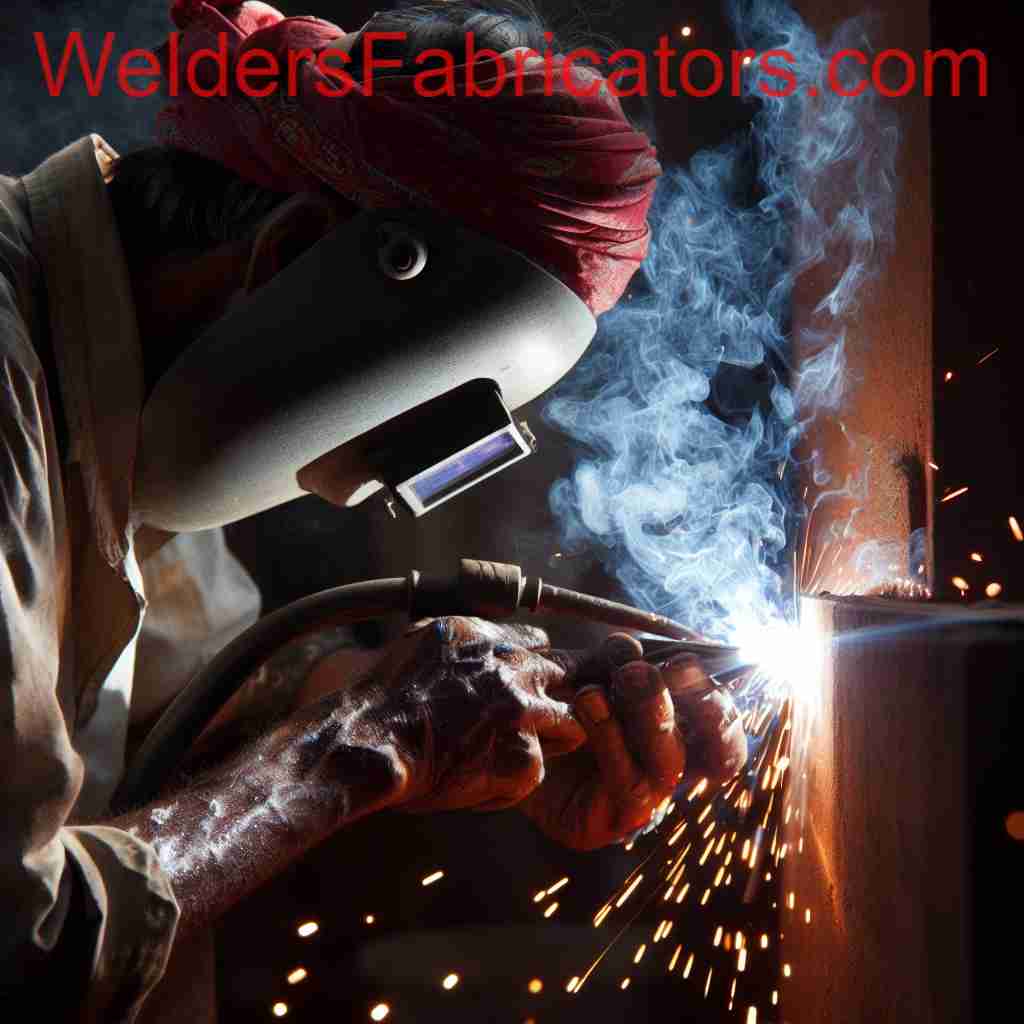
Stepping into the fiery world of welding is an exciting adventure, but the myriad of processes can leave you wondering: “Which type should I tackle first?” Fear not, young Padawan, for this guide will illuminate the different paths of welding and help you choose your initial flame.
The Fiery Trio:
- Metal Inert Gas (MIG) Welding: Picture this – a continuous wire feed, a steady arc, and molten metal dancing to your command. MIG, the king of accessibility, uses a shielding gas to protect the weld pool, making it forgiving for beginners. Its ease of use, versatility, and wide range of applications (from thin sheet metal to thick steel) make it a popular choice for newcomers.
- Tungsten Inert Gas (TIG) Welding: Elegance personified, TIG employs a non-consumable tungsten electrode and separate filler metal to create precise, high-quality welds. But don’t let its beauty fool you – TIG demands dexterity and control, making it a worthy challenge for more experienced welders. Its mastery unlocks a world of possibilities, from delicate jewelry repairs to intricate aluminum structures.
- Shielded Metal Arc Welding (SMAW), aka Stick Welding: The rugged pioneer, SMAW throws caution to the wind with its flux-coated electrodes. As these burn, they provide both shielding and filler metal, making them ideal for outdoor work or dirty surfaces. While challenging to master due to slag removal and electrode changes, SMAW offers portability and toughness, appealing to the adventurous welder.
Beyond the Big Three:
- Flux Core Arc Welding (FCAW): Imagine MIG’s ease with SMAW’s portability – that’s FCAW. Its self-shielding flux core eliminates the need for an external gas, making it perfect for windy conditions or field work.
- Oxy-fuel Welding: This gas-fueled dance of flame and metal offers unparalleled control and versatility. While not as prevalent as its electric counterparts, oxy-fuel excels in cutting thick metals, brazing, and even glasswork.
Choosing Your First Flame:
- Consider your goals: Do you dream of building furniture, repairing cars, or sculpting art? Each process caters to different needs.
- Assess your resources: MIG requires minimal setup, while TIG and SMAW might need additional equipment.
- Embrace the learning curve: MIG offers a gentle entry point, while TIG and SMAW demand dedication and practice.
- Don’t be afraid to explore: Many welders master multiple processes, expanding their skillset and opportunities.
Remember, your first choice is not your final destination. Each welding discipline is a unique path, offering its own challenges and rewards. Start with what excites you, embrace the learning journey, and let your passion guide you through the fiery spectrum of this remarkable craft.
So, pick up your helmet, ignite your arc, and forge your own welding legacy, one beautiful bead at a time!
